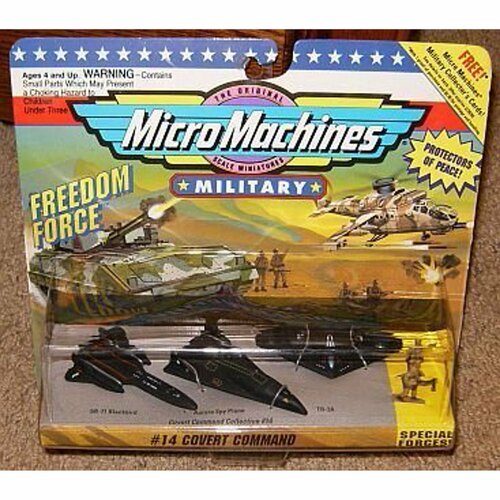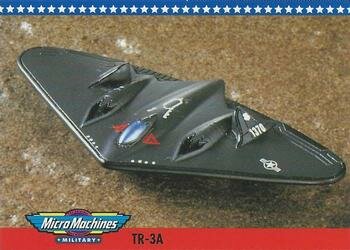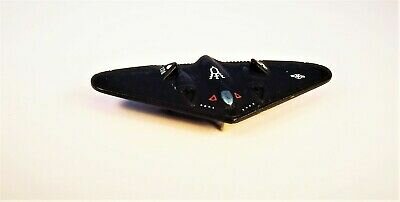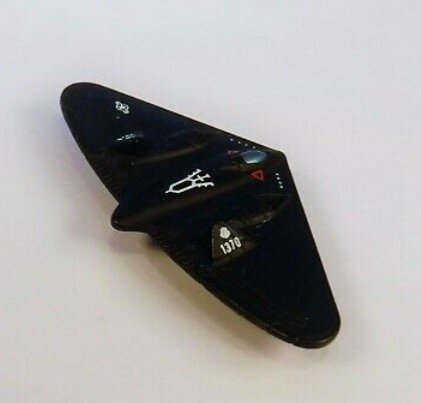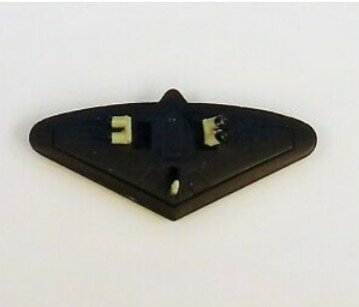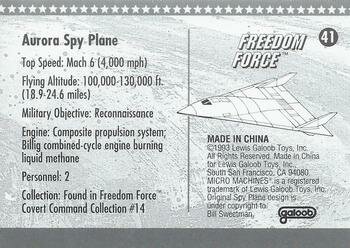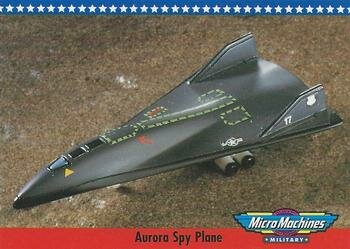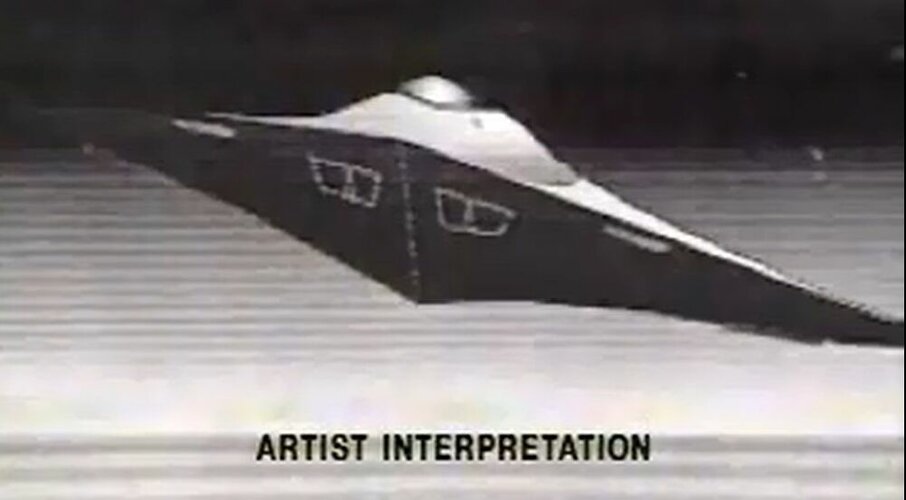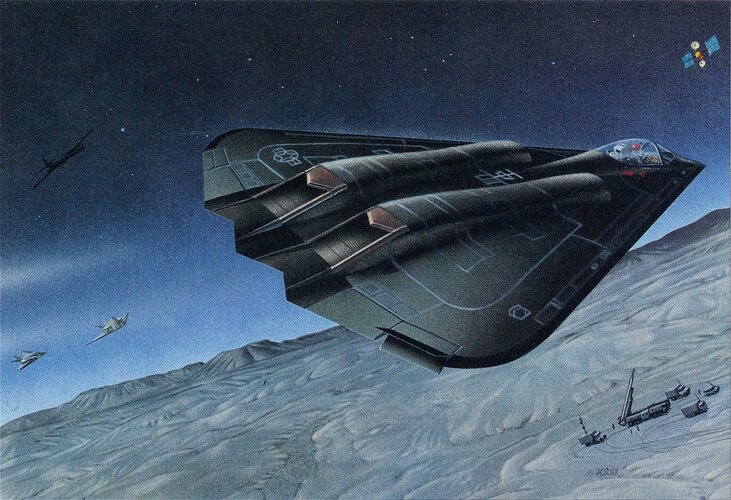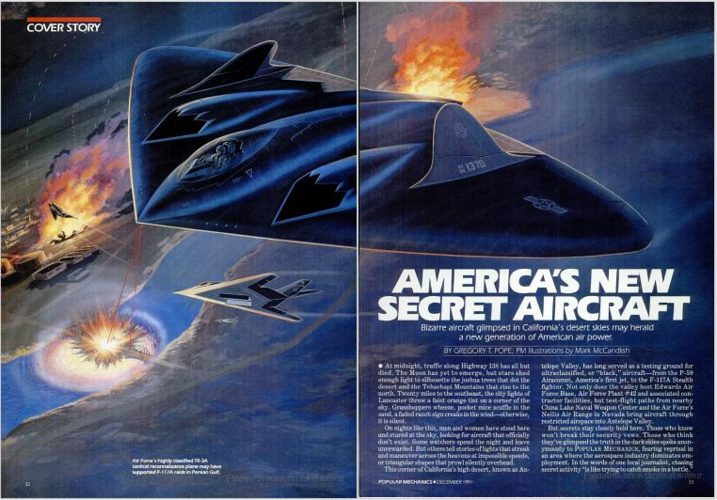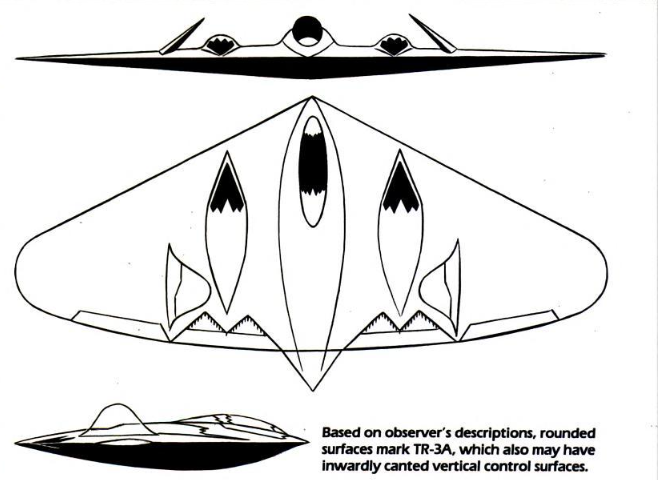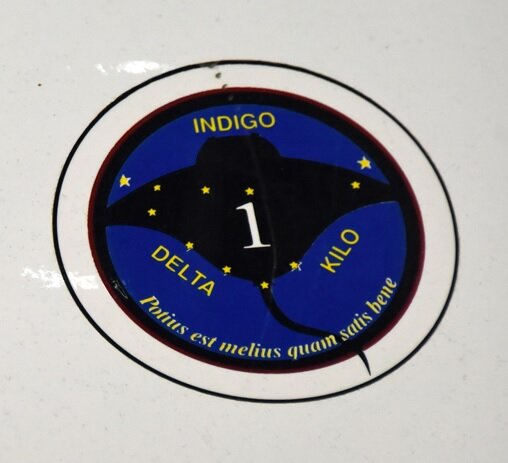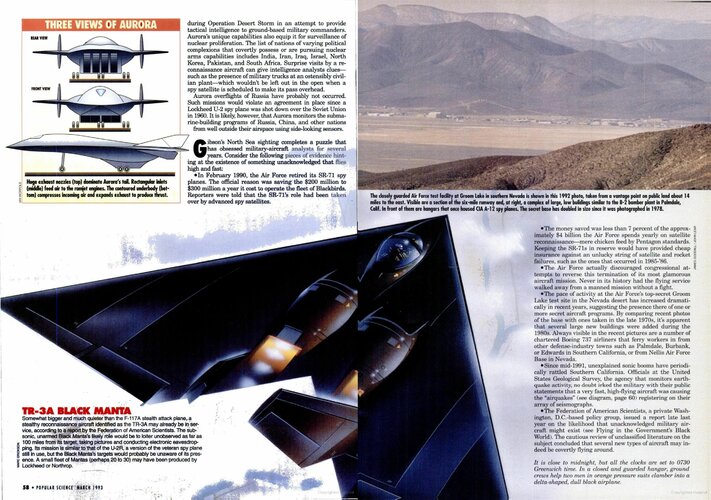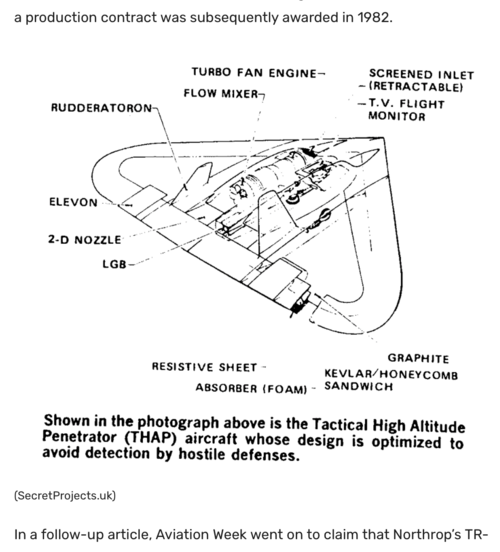Triangular Recon Aircraft May Be Supporting F-117A
The U. S. Air Force is believed to be operating several highly classified triangular-shaped stealth aircraft with its Lockheed F-117A fighters, to provide real-time reconnaissance imagery. The single-pilot aircraft also could eventually support B-2 bomber missions in a similar manner, possibly augmenting other systems in locating and attacking mobile strategic missiles.
About 25-30 of the special reconnaissance aircraft—designated the TR-3A “Black Manta”—c0uld be placed in service eventually, based at Holloman AFB, N. M., and Tonapah, Nev. Initial TR-3As are collocated with F—117As, although housed separately in larger hangars. Several TR—3As are believed to have been deployed temporarily to Alaska, Britain, Panama and Okinawa. More recently, they are believed to have supported F-117A operations in the Persian Gulf war.
The aircraft is designed to collect and transmit near-real-time digital photo data for immediate tactical applications. With a range of more than 3,000 naut. mi. and the ability to operate at both low and high altitudes, the TR-3A is a stealthy, versatile reconnaissance platform capable of both tactical and strategic duties.
By employing sophisticated digital transmission techniques, the TR-3A can relay time—critical data through airborne Lockheed TR-l aircraft or military satellites such as the Defense Support Program spacecraft. Consequently, electrooptical data reach end-users in minutes rather than the hours required today with systems that rely on photographic film.
The need for more timely reconnaissance data has prompted developments of new real-time systems for the RF-16 such as the Advanced Tactical Airborne Reconnaissance System, or ATARS (AW&ST Apr. 22, p. 78).
During Desert Storm, TR-3A data might have been limited to F-117A support only, possibly for intelligence security reasons. Allied Central Command
officers acknowledged that obtaining adequate reconnaissance information was a definite weak link in the air campaign. At one point, Saudi Arabian air force Northrop RF—Ss were requested to augment USAF RF-4C operations. This implied that TR-3A data were not distributed widely for use by other than
F-117A forces.
TR=3A, based on the Northrop THAP, is believed to be a stealthy. triangular vehicle about 42 ft. long and 14 ft. high with a 60-65-ft. wingspan. The reconnaissance aircraft reportedly has a range of more than 3,000 naut. mi.
Wind tunnel tests were conducted on this model of a Tactical High- Altitude Penetrator (THAP) in 1976. The concept evolved into the U.S. Air Force TIl-3A stealth reconnaissance aircraft that is believed to operate with Lockheed F-117A lighters. Some industry experts believe the Air Force intends to use TR-3As with the B-2, possibly to bolster the bomber’s effectiveness against relocatable targets such as strategic missiles. Critics of the B-2 have repeatedly seized upon this apparent deficiency as partial justification for canceling the next-generation strategic bomber program or severely limiting its production run.
For years it has been suspected that a closely held aircraft such as a TR-3A existed, although its designation and mission were unclear. The classified
reconnaissance aircraft has been observed flying at night with multiple F—117As near Edwards AFB, Calif, since 1989. A triangular vehicle operating during daylight hours near Tehachapi, Calif—about 30 naut. mi. from Edwards—in May, 1990, also closely matched descriptions of the TR—3A. Initially, the delta-shaped aircraft was thought to be a Navy A-12 prototype or proof-of—concept vehicle (AW&ST Oct. 1, 1990, p. 20).
The TR-3A is based on a Northrop concept for a tactical reconnaissance vehicle developed under a multipurpose Air Force stealth technology program in the mid-1970s called Covert Survivable Inweather Reconnaissance/Strike, or CSIRS (see story p. 20). Northrop’s stealthy Tactical High-Altitude Penetrator (THAP) design began radar cross-section and wind tunnel tests in 1976, and photographs of a THAP model were released publicly.
At the time, “stealth” technology was not considered “black” or ultra-classified. A THAP prototype first flew in mid-1981, about the same time that Lockheed started flying its No. l full-scale development F-117A. The manta-ray-shaped demonstrator was approximately the size of a McDonnell Douglas F/A-18, employing rounded, blended surfaces and radar-absorbing material.
'
RUDDERATRONS’ FOR ROLL/YAW
Engine inlets and exhausts were on the prototypes’ top surface, similar to the configuration seen later when an artist’s rendition of the B-2 bomber was released. Dual non-afterbuming turbofan powerplants were buried in the fuselage and fitted with exhaust flow mixers to reduce the aircraft’s infrared signature. Rounded twin vertical tails—called “rudderatrons” - were canted inward, providing both roll and yaw control. Trailing-edge elevon surfaces outboard of the tails provided pitch and roll control.
The THAP design relied heavily on radar-absorbing materials (RAM)—as well as blended, curved surfaces—to reduce its radar cross-section. Leading and trailing edges were covered with a foam core wrapped in a black plastic RAM film. Use of RAM instead of faceted surfaces (similar to the F—117A design) resulted in a heavier aircraft than the fighter, but was acceptable for a long-range reconnaissance platform.
The single-pilot THAP concept aircraft was a spanloader design about 38 ft. long. It had a 56-ft. wingspan, stood approximately 14 ft. high and was rated for a maximum take-off weight of 55,000- 60,000 lb. The TR-3A is believed to have a slightly larger planform, possibly up to 42 ft. long with a 60-65-ft. wingspan. It may be powered by modified twin General Electric F404 engines rated in the 12,000-lb.-thrust range, but has a much quieter noise footprint than the F-117A. This is attributed to exhaust nozzles placed well forward of the TR-3A’s wing trailing edge, shielding the from ground-based
acoustic and infrared detectors.
During the late 1970s and early 1980s, Air Force-sponsored studies yielded a number of stealth aircraft concepts having delta-winged, spanloader airframes and engines buried in the fuselage, particularly for long-range bombers (AW&ST June 16, 1980, p. 136; Jan. 29, 1979, p. 113). It is reasonable to expect that similar concepts developed in that period would have made sense for long-range, high-altitude reconnaissance vehicles.1 June 1991

